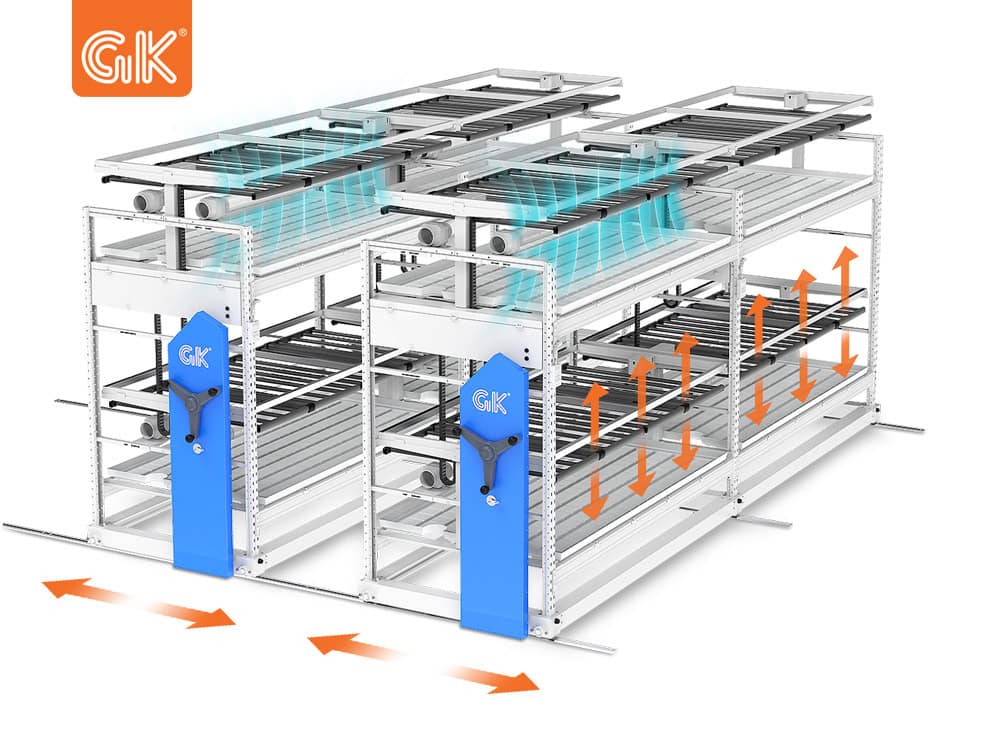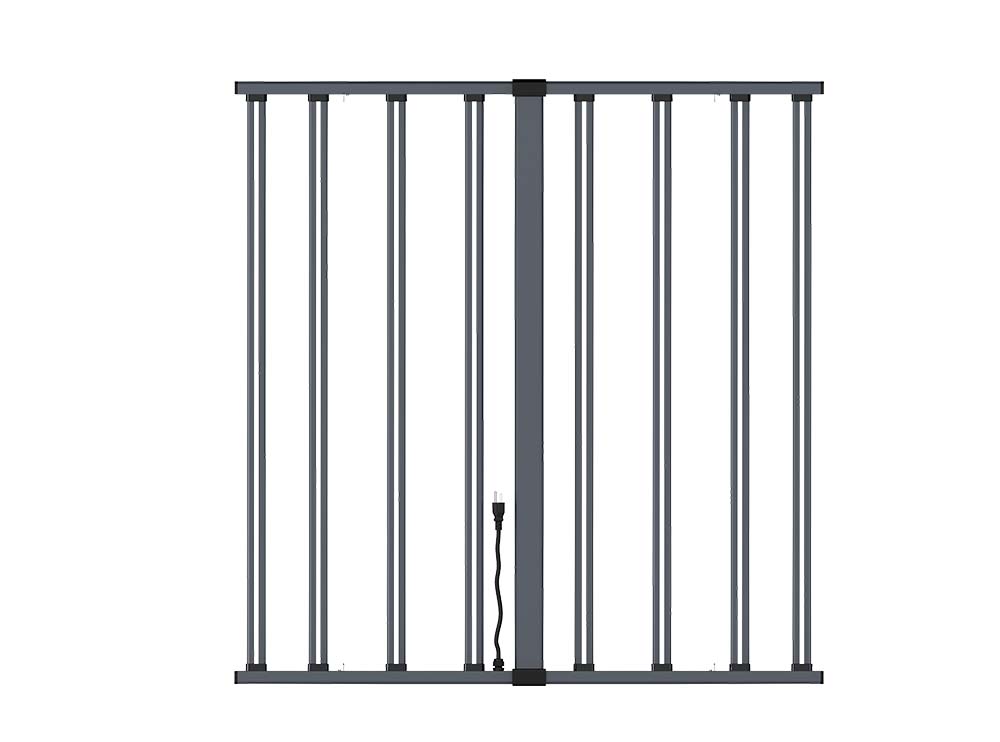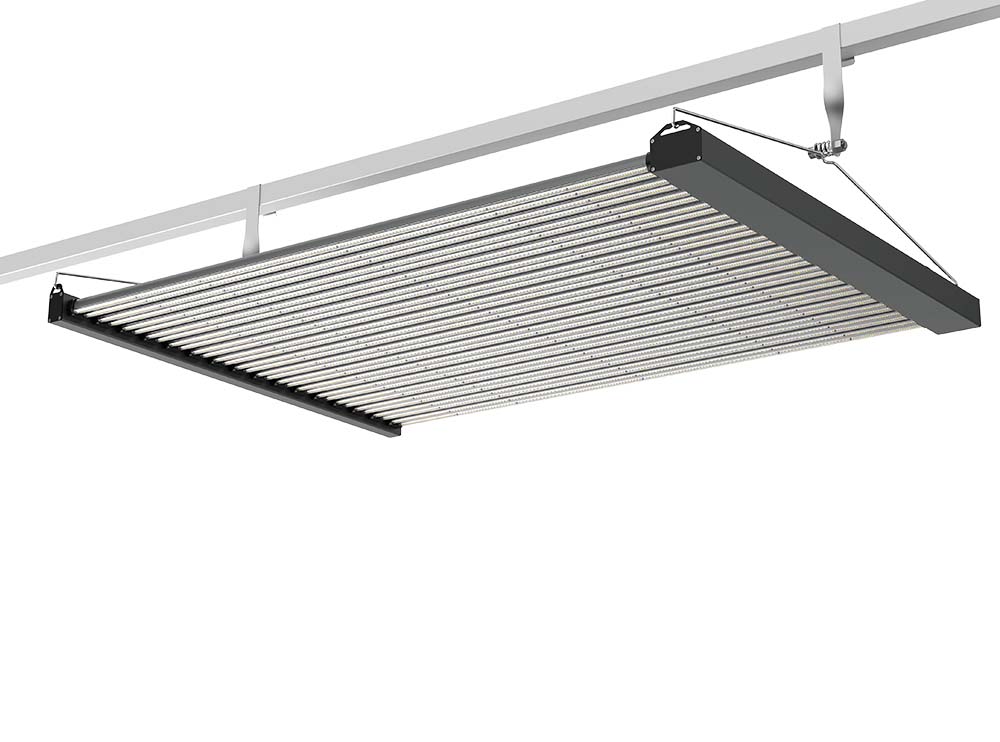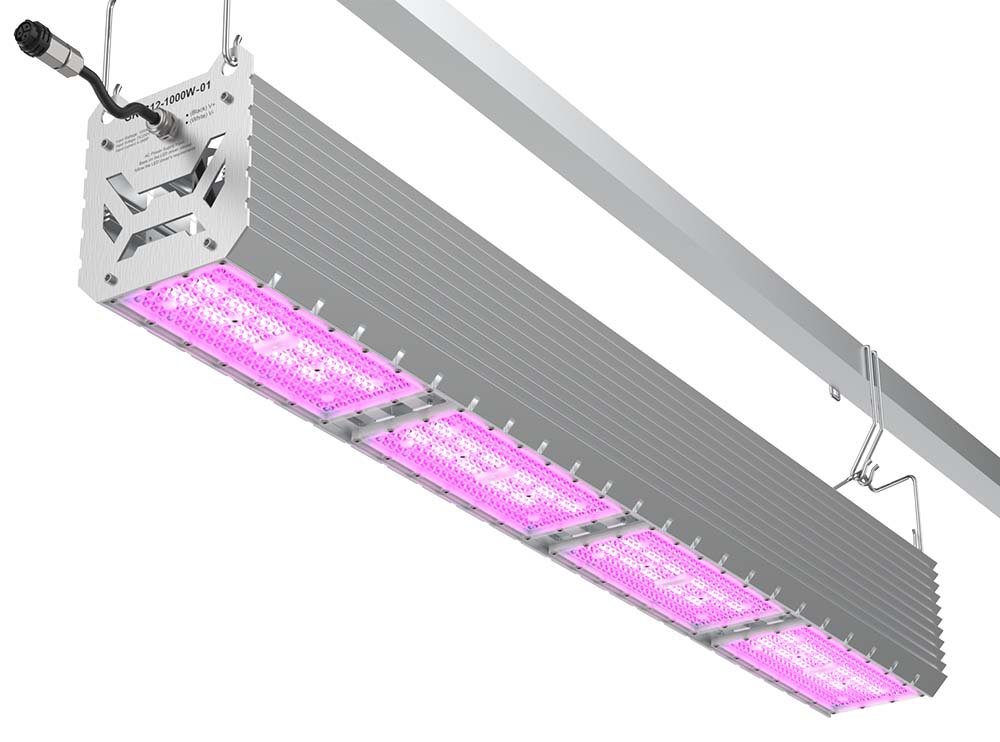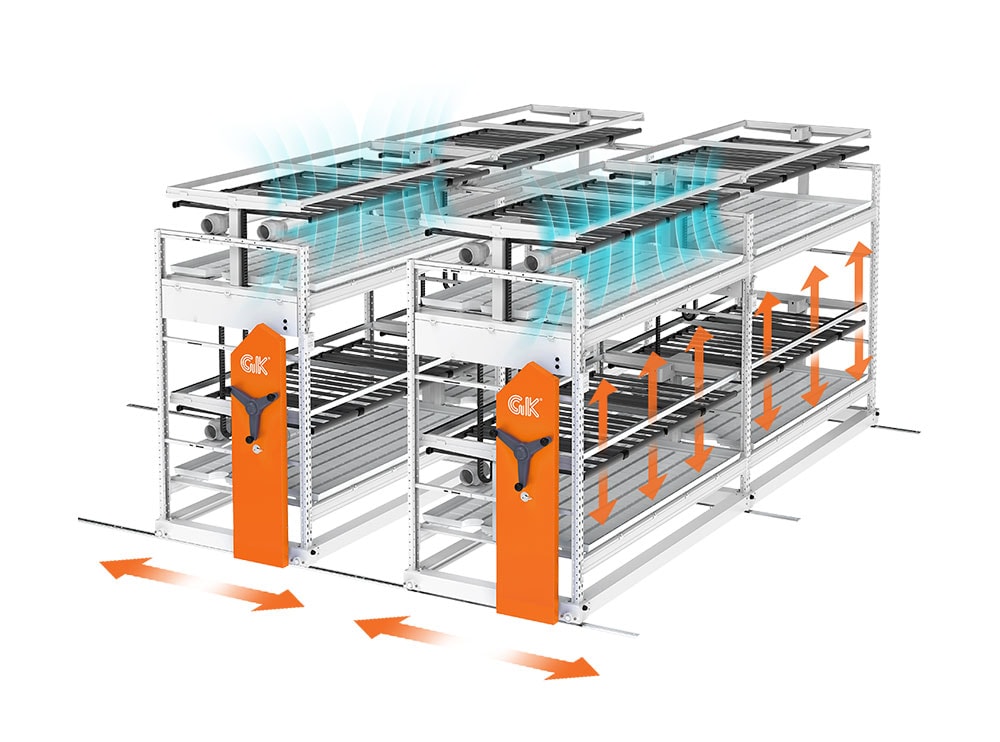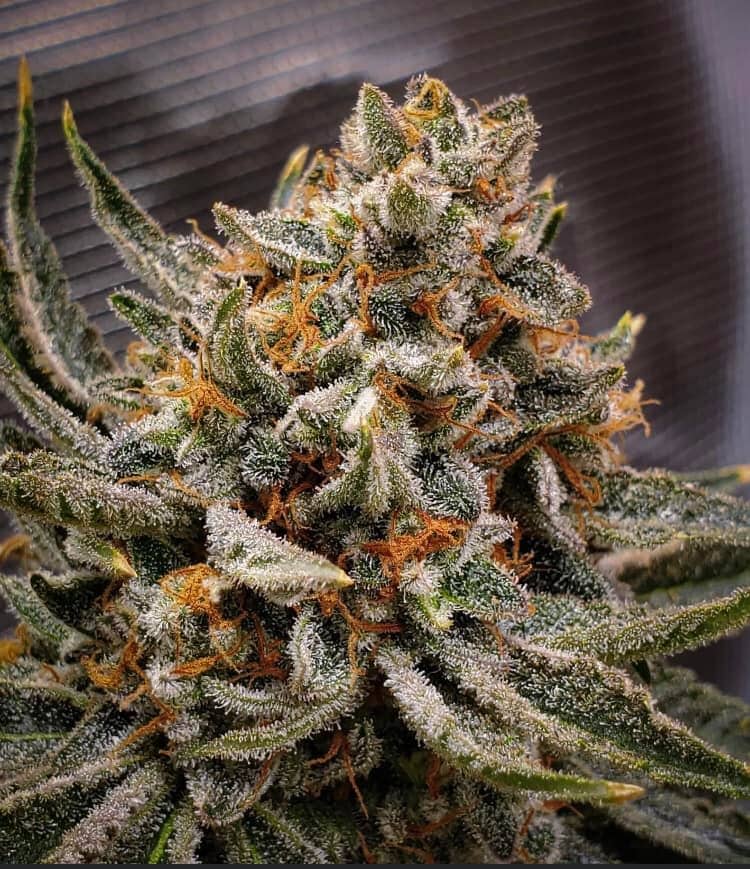Plants change the way they grow as they grow to get as much light as possible, as the sun moves across the sky, the plant rotates its leaves to face the sun, then drops all of its leaves at night to save energy and protect Own. The cannabis plant also has methods for measuring different spectrums. Different spectrums can change the way marijuana germinates, grows, and even blooms.
How Plants Identify Spectra
Plants contain light sensors (photoreceptors) that detect and identify information about the spectrum. After the plant recognizes and receives the spectral information, it determines the growth mode that adapts to the spectrum, so as to obtain the maximum amount of light during the growth process. Some plants were barely affected by the strain response after receiving the spectrum, while others may have responded more strongly. Cannabis is one such plant that responds strongly to changes in light.
Different spectrums have different effects on hemp, and each spectrum has its own unique impact. Users can choose a suitable spectrum according to their target needs.
How the cannabis plant responds to the spectrum
When grown outdoors, cannabis plants use the spectral information they receive to discern the environment of the outside world. As fall approaches, more light reaching the plants falls within the red spectrum. Plants recognize that there is more red light in the spectrum, and they end their summer growth patterns and start preparing for winter ahead of time. The cannabis at this point will be optimally grown as high as possible by growing taller stems with more space between the leaves to start germination and wind pollination. But in general, the changes caused by the spectrum are relatively small (eg stems tend to grow taller), and there are other factors besides the spectrum that can contribute to these changes.
Light and Yield
Since almost all grow lights emit a light spectrum suitable for healthy cannabis growth, in many ways the amount of light affects the plant much more than the light spectrum.
Giving plants more light yields greater yield returns than simply changing the spectrum. Therefore, if it is possible to make plants get more light, even without adding light in the spectrum corresponding to their growth pattern, it will increase yield. Even bright white fluorescent lights dipped into the green spectrum can boost plant growth.
LED Grow Lights
LED lights are gaining popularity among growers because of their broader and more precise spectrum of light for plants. The main advantage of LEDs is power saving. With commercial/industrial grade LED growth lamps, 30-40% of power can be saved to provide the same photon channel density (PPFD) as HID. This in turn saves 10-20% in the cost of climate-controlled ventilation and air conditioning (HVAC) because less heat is released into the room. The second advantage, LED is a directional light source, which can improve target efficiency. If you look at a typical HID room, there will be a lot of wasted light in the walls and aisles (when the rails are not used) because the HID’s target is inefficient.
The Benefits of Choosing Cannabis Plant Lights
- It can improve the input-output ratio of growers
- More efficient than outdoor planting
- The quality and quantity of products will be more than outside
- Very safe to reduce unnecessary growth risks. Usually, when we choose indoor plant lights, the basic condition is white light. Especially for the growth of cannabis, LED grow lights are highly recommended. Not only do LEDs enhance the chemistry of organic compounds, they also allow growers to obtain better quality cannabis.

